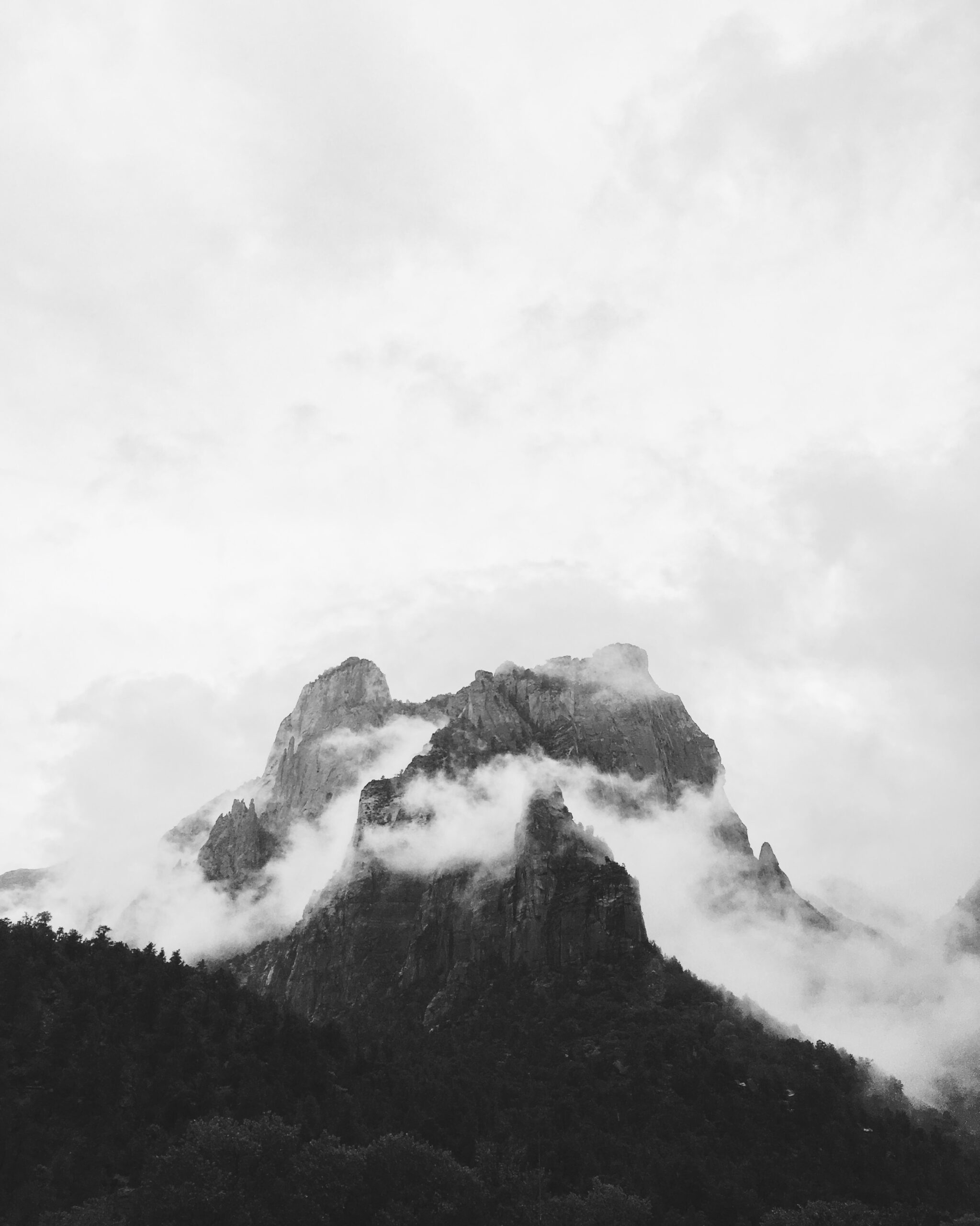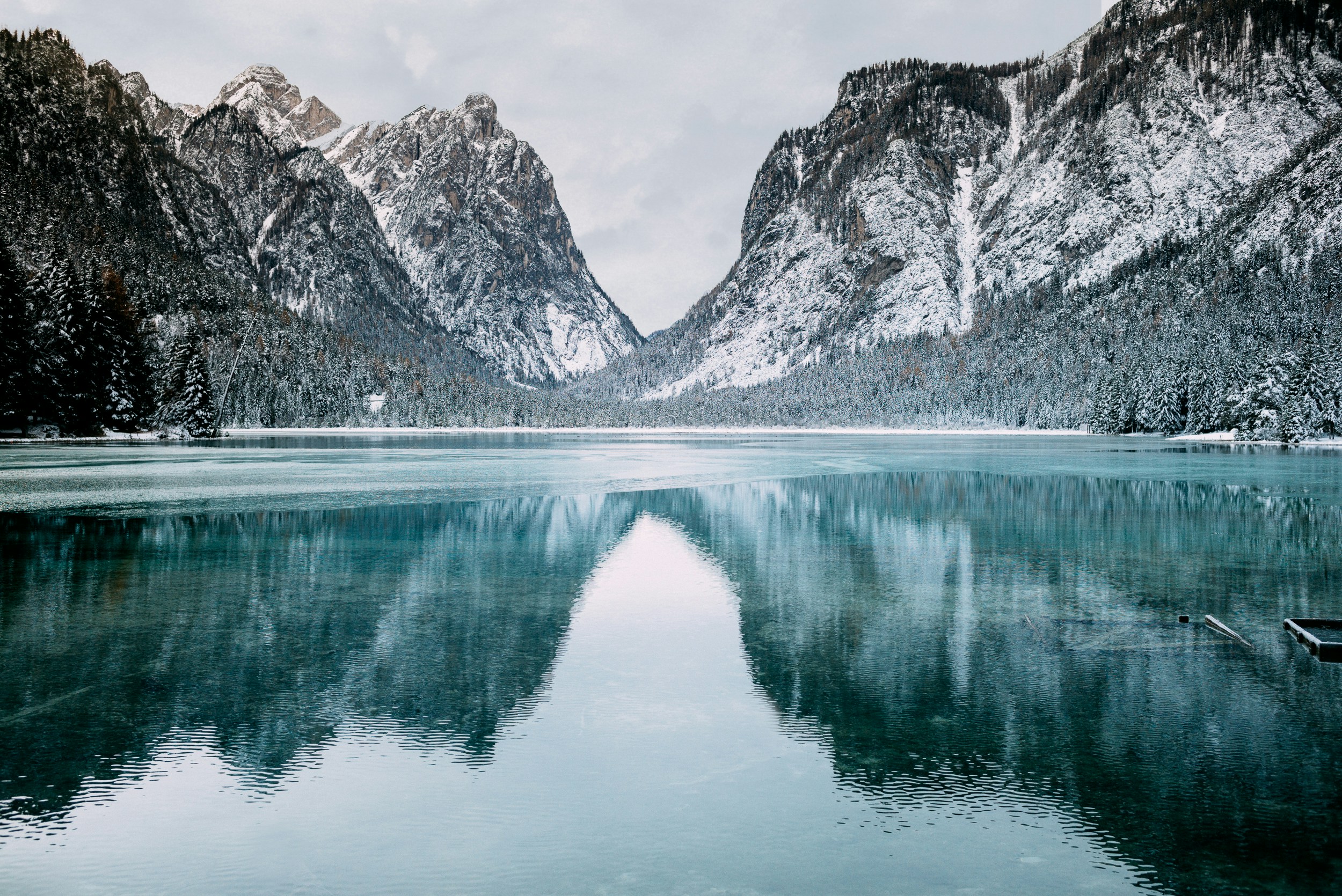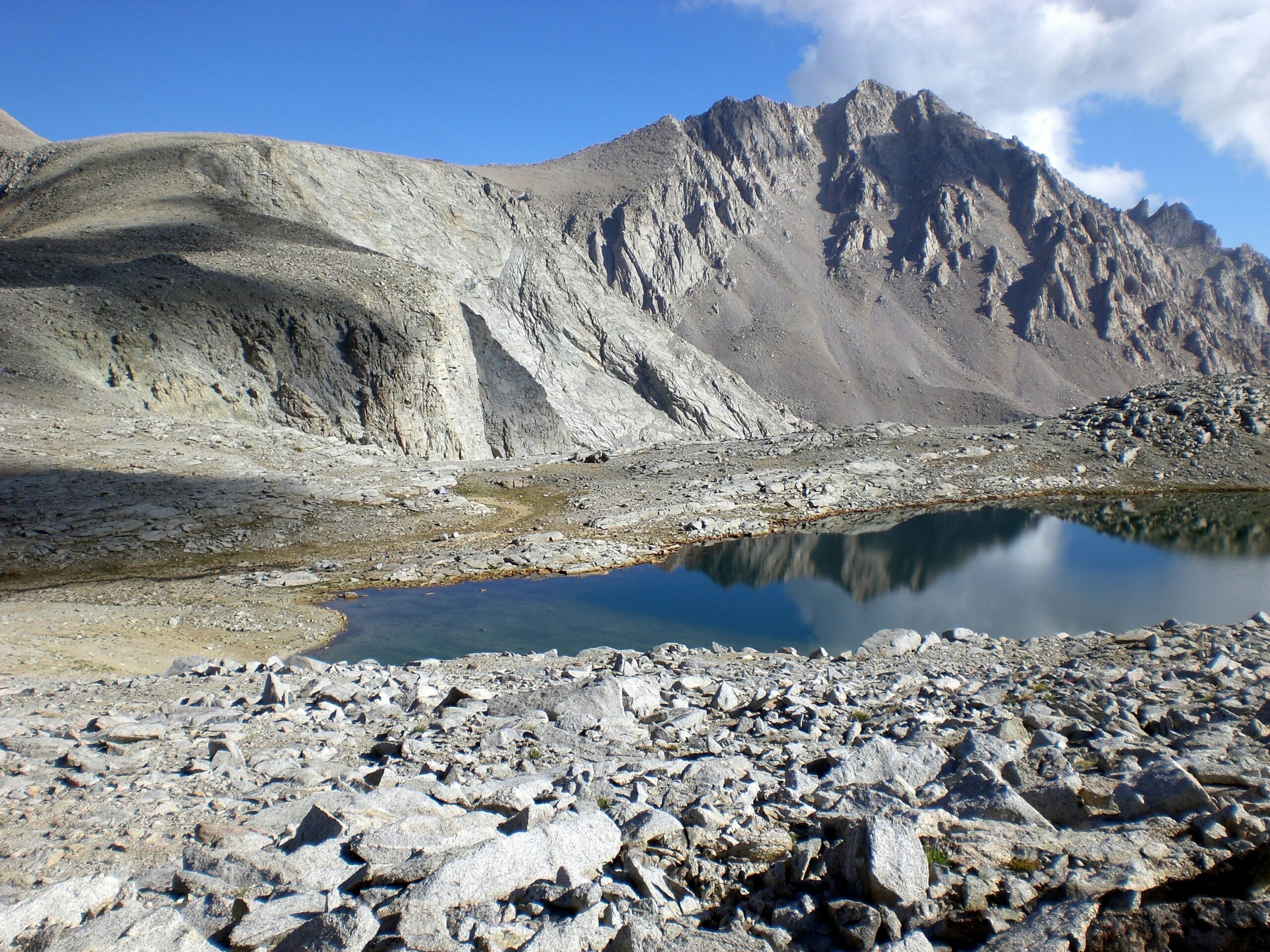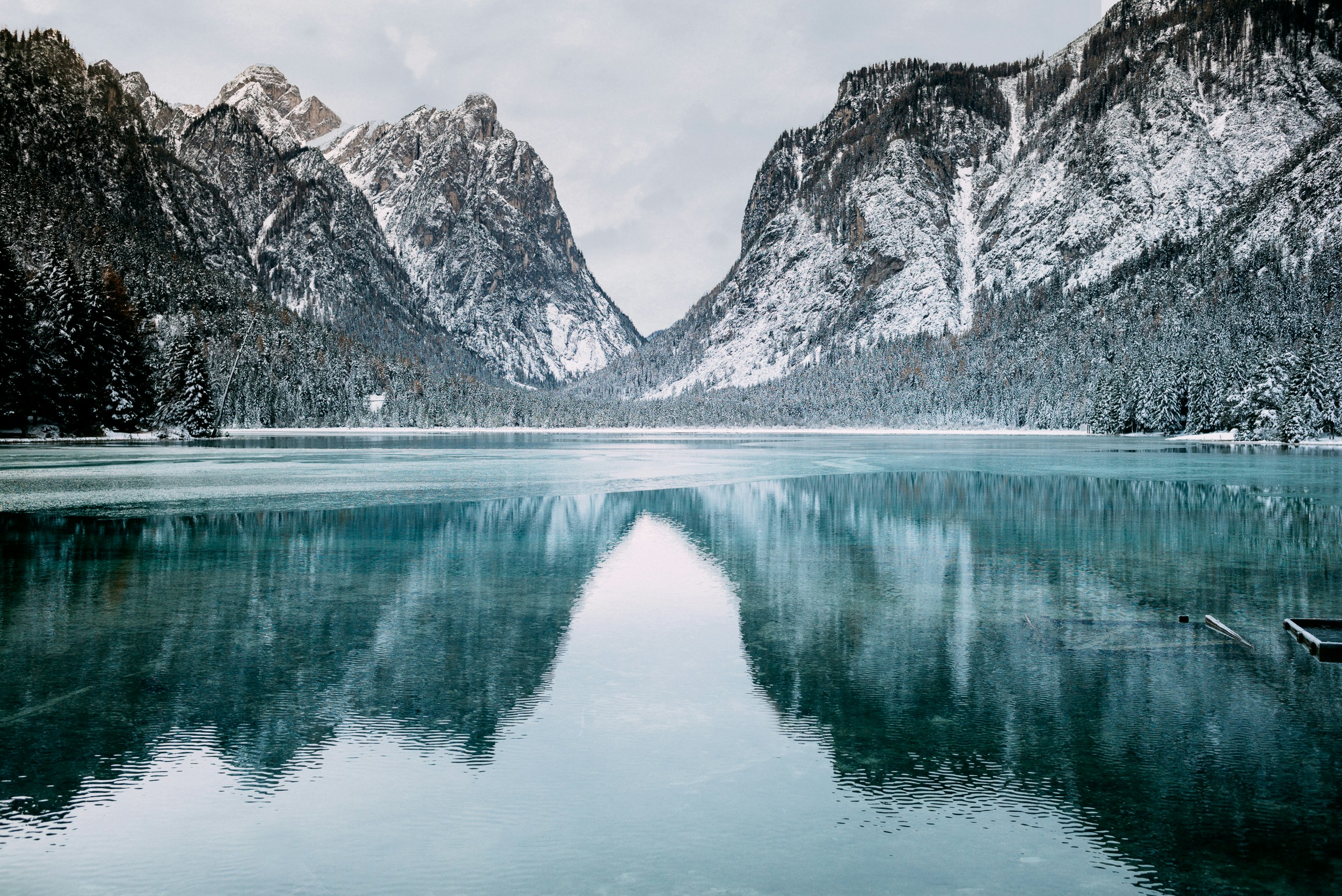So, you've finally decided to take on the challenge of climbing Mount Shasta – a remarkable feat that is sure to leave you with unforgettable memories. But wait, before you embark on this thrilling adventure, it is essential to prioritize your safety. As you ascend the majestic slopes of this iconic mountain, there are several precautions you should keep in mind to ensure a successful and secure climb. From checking the weather conditions to carrying essential gear, this article will provide you with valuable insights on how to navigate your way through this awe-inspiring expedition. So, gear up and let's explore the safety measures for climbing Mount Shasta together!

Understanding Mount Shasta
Background History of Mount Shasta
Mount Shasta, located in Northern California, is a majestic and renowned volcano that has been a significant landmark for centuries. It is considered one of the most sacred mountains in the world by the Native American tribes who have inhabited the region for thousands of years. Mount Shasta holds a rich cultural and spiritual history, attracting both adventure enthusiasts and spiritual seekers.
Geographical Overview
Mount Shasta stands proudly at an elevation of 14,179 feet, making it the second-highest peak in the Cascade Range and one of the most prominent mountains in the United States. It boasts a unique and distinct cone shape, covered in glaciers and snow throughout the year. The mountain's scenic beauty, diverse ecosystems, and challenging terrain make it a popular destination for climbers from all over the world.
Climbing Routes
Mount Shasta offers a variety of climbing routes, catering to climbers of different abilities and experience levels. The most popular route is the Avalanche Gulch, which starts at Bunny Flat and ascends through various challenging sections, including Red Banks and Misery Hill. Other prominent routes include Casaval Ridge, Clear Creek, and the challenging North Face. Each route presents its own set of challenges and rewards, allowing climbers to choose according to their skills and preferences.
Pre-climbing Preparations
Physical Fitness Requirement
Before embarking on a climb up Mount Shasta, it is essential to be in good physical condition. The strenuous nature of climbing at high altitudes requires a certain level of fitness to minimize the risk of injury or illness. Regular aerobic and strength training exercises, such as hiking, running, and weightlifting, can help prepare your body for the physical demands of the climb.
Skills and Knowledge for Climbing
Climbing Mount Shasta requires more than just physical fitness. It is crucial to possess the necessary mountaineering skills and knowledge to ensure a safe and successful climb. Familiarizing yourself with basic rope techniques, crevasse rescue, self-arrest, and navigation is highly recommended. Additionally, understanding how to interpret weather patterns and navigate with the help of maps and GPS devices will greatly enhance your climbing experience.
Climbing Gear Checklist
Before undertaking the climb, it is vital to have the appropriate climbing gear to ensure your safety and comfort throughout the journey. Some essential gear includes mountaineering boots, crampons, an ice axe, a helmet, climbing harness, ropes, and a backpack. It is crucial to check and double-check your gear to ensure it is in excellent condition, properly fitted, and functioning correctly. Having the necessary equipment will provide you with the confidence and security needed during the climb.
Proper Acclimatization Process
Understanding Altitude Sickness
Altitude sickness is a significant concern when climbing Mount Shasta. As you ascend to higher altitudes, the decreased oxygen levels can cause discomfort and potentially serious health issues. Symptoms of altitude sickness include headache, nausea, dizziness, and shortness of breath. Familiarize yourself with the signs and symptoms of altitude sickness to recognize them early and take appropriate measures.
Adopting a Suitable Climbing Pace
Maintaining a suitable climbing pace is vital for proper acclimatization. Gradual ascent allows your body to adjust to the altitude slowly, reducing the risk of altitude sickness. It is recommended to follow the “climb high, sleep low” principle, which involves climbing to a higher altitude during the day and descending to a lower camp for rest and sleep. This gradual acclimatization process allows your body to adapt to the reduced oxygen levels more effectively.
Importance of Proper Rest and Hydration
Rest and hydration are essential aspects of a successful climb on Mount Shasta. Taking regular breaks during the climb allows your body to recover and adjust to the physical exertion and altitude. Drinking plenty of water and maintaining proper hydration is vital to keep your body functioning optimally. Dehydration can intensify the effects of altitude sickness and hinder your climb. Carry a sufficient supply of water and stay hydrated throughout the entire journey.
Importance of Hiring a Guide
Reasons for Hiring a Professional Guide
While climbing Mount Shasta independently is possible for experienced climbers, hiring a professional guide offers numerous advantages. Guides possess extensive knowledge of the mountain, its routes, and the best climbing practices. They are trained in wilderness first aid, mountaineering techniques, and are equipped to handle emergency situations. Having a guide by your side ensures that you have a safety net, increased chances of a successful climb, and the opportunity to learn from their expertise.
Choosing the Right Guide
When selecting a guide for your Mount Shasta climb, it is crucial to choose a reputable and experienced guide service. Look for guides who have proper certifications, such as those from the American Mountain Guides Association (AMGA), and a proven track record of safety and customer satisfaction. Seek recommendations from fellow climbers, read reviews, and do thorough research to find a guide who aligns with your goals and ensures a safe and enjoyable climbing experience.
Role of a Guide during the Climb
A guide plays a pivotal role throughout your climb on Mount Shasta. They will provide instruction on mountaineering techniques, ensure your safety during challenging sections, and navigate through the mountain's terrain. A guide's expertise and experience will empower you to overcome obstacles, make informed decisions, and enhance your overall climbing experience. They will also provide insight into the mountain's history, geology, and ecology, enriching your understanding and appreciation of Mount Shasta.

Weather Considerations
Understanding Mount Shasta's Climate
Mount Shasta's climate can be unpredictable and subject to rapid changes. It is essential to familiarize yourself with the mountain's weather patterns and understand how they can impact your climb. Typically, the weather is more stable during the summer months, but storms can still occur. Consulting weather reports, speaking with experienced climbers or guides, and monitoring real-time weather updates will help you prepare for the conditions you may encounter.
Implications of Weather on Climbing
Weather conditions can significantly impact your climb on Mount Shasta. Inclement weather, such as heavy snowfall, strong winds, or low visibility, can pose serious risks and make climbing unsafe. It is crucial to be flexible with your plans and be prepared to change or postpone your climb if adverse weather conditions arise. Always prioritize safety over summiting the mountain and closely monitor weather forecasts throughout your climb.
Best Time to Climb Mount Shasta
The best time to climb Mount Shasta is during the late spring to early fall, when the mountain is relatively free of snow and the weather is more predictable. This period, typically from May to September, offers climbers optimal conditions for a successful and enjoyable climb. It is important to note that even during this period, the weather can be variable, so it is essential to stay updated on the latest forecasts and exercise caution during your climb.
Navigating the Terrain
Familiarity with the Route
Before attempting to climb Mount Shasta, it is crucial to familiarize yourself with the specific route you plan to take. Study maps, guidebooks, and online resources to gain a comprehensive understanding of the terrain, landmarks, and potential challenges along the way. It is also advisable to consult with experienced climbers or guides who can provide valuable insights and firsthand knowledge about the route you have chosen.
Knowing How to Use Navigation Equipment
Properly using navigation equipment is essential for a safe and successful climb on Mount Shasta. Carry a map, compass, and GPS device, and ensure you are proficient in their use. These tools will help you navigate the mountain's intricate network of trails and stay on course, minimizing the risk of getting lost or disoriented. Familiarize yourself with how to interpret maps, take accurate bearings, and use GPS coordinates effectively.
Dealing with Potential Hazards on the Route
Mount Shasta's climbing routes can present various hazards, including crevasses, rockfall, steep slopes, and unpredictable weather. Being aware of these potential dangers and taking necessary precautions is vital for your safety. Rope up when traveling on glaciers, exercise caution on loose or unstable terrain, and constantly evaluate the current conditions and any changes in the landscape. Use protective equipment such as helmets and crampons to mitigate risks and handle potential hazards with care.

Responsible Climbing Ethics
Maintaining Cleanliness on the Mountain
Responsible climbers are committed to preserving the natural beauty of Mount Shasta. It is essential to pack out all your trash and follow Leave No Trace principles. Respect the mountain and its ecosystem by avoiding disturbing wildlife and refraining from damaging vegetation. By leaving the mountain as you found it, you ensure that future generations of climbers can enjoy the same pristine environment.
Respecting Local Customs and Biodiversity
Mount Shasta holds deep cultural and spiritual significance for the Native American tribes in the region. As climbers, it is important to respect and honor their customs and traditions. Avoid sensitive cultural sites, leave artifacts undisturbed, and refrain from any activities that may disrespect or damage the sacred land. Additionally, be aware of and respectful towards the diverse range of flora and fauna that call Mount Shasta home, avoiding unnecessary disturbance.
Observing Safety Rules and Regulations
To ensure a safe and responsible climb, it is crucial to adhere to safety rules and regulations established by the local authorities and park management. Familiarize yourself with any permits or restrictions that may be in place for climbing Mount Shasta. Abide by the established camping and climbing zones, avoid prohibited areas, and follow any closure or fire restrictions. By observing these guidelines, you contribute to the preservation of the mountain and the safety of yourself and others.
Emergency Situations and First Aid
Basic First Aid Knowledge
Having basic first aid knowledge is critical when climbing Mount Shasta, as accidents and injuries can happen even in the most prepared groups. Take a first aid course or refresh your knowledge before the climb to be prepared for common injuries such as sprains, fractures, or cuts. Carry a comprehensive first aid kit containing essential supplies, such as bandages, antiseptics, pain relievers, and blister treatments.
Common Climbing Injuries and How to Handle Them
Injury prevention is always preferable, but knowing how to handle common climbing injuries is essential. Sprained ankles, altitude sickness, and frostbite are potential risks on Mount Shasta. Treat sprains by RICE (Rest, Ice, Compression, Elevation), descend if altitude sickness symptoms worsen, and take prompt action to prevent frostbite. Understanding the symptoms, proper prevention techniques, and appropriate first aid procedures will help you manage potential injuries effectively.
Emergency Contacts and Rescue Options
In case of an emergency, it is crucial to know who to contact and the available rescue options on Mount Shasta. Save emergency numbers in your phone, carry a satellite communicator, or be aware of the nearest park ranger stations. Register your climb plan with the appropriate authorities and inform someone reliable about your itinerary. If an emergency occurs, timely communication and access to rescue services can make a significant difference in the outcome.
Nutrition and Hydration
Food and Water Requirements
Proper nutrition and hydration are fundamental for maintaining energy and stamina while climbing Mount Shasta. Consume a well-balanced diet rich in carbohydrates, proteins, and healthy fats to sustain your energy levels. Carry lightweight, calorie-dense food that requires minimal preparation. As for water, aim to drink at least 2-4 liters per day to prevent dehydration. Carry a water filtration system to replenish your water supply when necessary.
Managing Food and Water at High Altitudes
At higher altitudes, your body may have a reduced appetite, making it challenging to consume enough calories. Opt for easily digestible, high-calorie snacks that provide sustained energy during long climbs. Consider pre-packaged dehydrated meals that require minimal cooking and provide the necessary nutrients. Additionally, ensure that your water supply is sufficient and plan ahead for safe water sources along your route if needed.
Importance of Diet for Altitude Acclimatization
Maintaining a healthy diet is crucial for altitude acclimatization on Mount Shasta. Certain foods, such as those rich in iron and antioxidants, can aid in the production of red blood cells and enhance oxygen-carrying capacity. Foods like leafy greens, lean meats, beans, nuts, and fruits are excellent choices. Avoid excessive consumption of alcohol, caffeine, and processed foods, as they can interfere with your body's ability to adjust to higher altitudes.
Post-climb Recovery
Understanding Post-climb Fatigue
After climbing Mount Shasta, it is normal to experience post-climb fatigue, both physically and mentally. Your body has exerted significant effort, and rest is essential for recovery. Allow yourself time to recuperate and relax, avoiding any strenuous activities immediately after the climb. Listen to your body and give it the rest it needs to restore its strength.
Post-climb Rest and Nutrition
Post-climb rest and proper nutrition play a crucial role in your recovery process. Get sufficient sleep to aid in muscle repair and replenish energy stores. Focus on consuming nutritious meals that include high-quality proteins, fruits, vegetables, and complex carbohydrates. These nourishing foods support tissue repair and help replenish depleted nutrient levels.
Medical Check-up After Climbing
A post-climb medical check-up is highly recommended to ensure your overall well-being. Even if you do not experience any significant health issues during the climb, it is essential to consult a medical professional. They can assess your physical condition, address any concerns or injuries you may have, and provide guidance on your recovery process. Proper post-climb care will help you transition smoothly back to normal life and ensure your long-term health and well-being.
In conclusion, climbing Mount Shasta offers a thrilling and rewarding experience for adventure enthusiasts. However, it is essential to approach the climb with adequate knowledge, physical fitness, and safety precautions. Understanding the mountain's history, geographical features, as well as proper acclimatization, navigation, and responsible climbing ethics, are key to a successful and enjoyable climbing experience. By prioritizing safety, respecting the mountain and its ecosystems, and seeking professional guidance when necessary, you can make your Mount Shasta climb a memorable and fulfilling accomplishment.

